The Missing Ingredient in the Obama Water Strategy
Science and technology are fundamental pieces, but policy change may be the hardest fix of all.
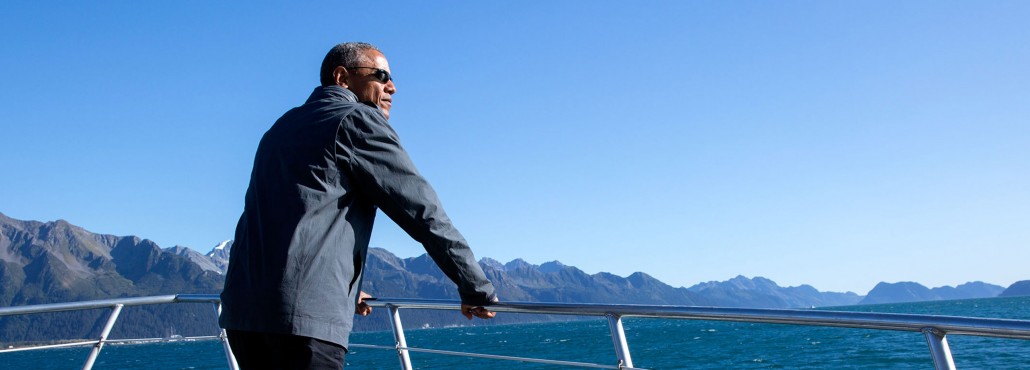
President Barack Obama visited Kenai Fjords National Park during a September 2015 trip to Alaska to discuss climate change. Photo © White House
By Brett Walton, Circle of Blue
In the final year of his second term, when thoughts often turn to legacies, President Barack Obama is thinking about water.
Since December, his administration has announced three water initiatives: the formation of a water investment center within the Department of the Interior, a $US 267 million budget request to support water technology innovation, and a White House water summit, to be held March 22.
Individually, the actions are small or repetitive. A similar water finance center was established at the U.S. Environmental Protection Agency in January 2015; the water technology funding request is a rounding error, six one-thousandths of a percent of the $US 4.1 trillion budget; and the White House hosted a drought roundtable just last July.
Collectively, however, the initiatives amount to something more. Along with other administration actions, they reveal a president trying to reposition, by nudges and light touches, the federal government’s role in water.
The administration’s strategy is not a revival of the open checkbook era of the 1970s, when Washington accounted for nearly three-quarters of capital investment in drinking water and sewer infrastructure. Congress today will not go for that. (At least not yet; the Flint scandal may well reverse the tide of investment.)
The strategy is also not a rerun of the dam-and-reservoir days that bracketed World War II. A few federal water pipelines — in Arkansas, New Mexico, and the Upper Midwest — are in progress, but most of the concrete dreams now are state-directed.
Instead, the strategy hews to familiar Obama traits: an appeal to practicality and an unshakeable reasonableness. It emphasizes science, technology, and the power of collaboration, while acknowledging the leverage and limitations of federal power. It is enough money to advance an agenda in the administration’s twilight hour, but not so much as to put off Congress, which has been unable for two years to pass legislation responding to the California drought because the sums are so large and the politics so daunting.
“There are clear limits for the federal government,” Kelly Kryc, senior policy analyst at the White House Office of Science and Technology Policy, told Circle of Blue. “Water rights are usually a state jurisdiction, and we recognize that. We’re looking for opportunities for the federal government to play a supporting role. We’re in the final year of the administration. The areas we are looking at are ones we think we can get traction on.”
The budget request drew praise from water experts, who, even with the small sum, were happy to see more recognition from the country’s leadership. But those same voices note that the most fruitful prospects for refashioning the country’s relationship with water are not technological. They are political: changing the laws, policies, and incentives that guide water use at the local, state, and federal levels. In other words, tinkering with the rules of the game, not just adding new pieces to the board.
“It makes sense to invest in research and technology,” Doug Kenney, director of the Western Water Policy Program at the University of Colorado, told Circle of Blue. “The key is that it needs to be balanced with policy changes. There’s nothing wrong with technology and research. But it’s the easy piece, I’m afraid.”
Balancing a Water Budget
The technology innovation strategy is two-fold, explained Ali Zaidi, who is leading the administration’s budget request for water.
In the short term, the administration wants to boost efficiency, so that “the water we have goes farther,” said Zaidi, the associate director for natural resources, energy, and science at the Office of Management and Budget. The administration thinks that water use could be cut by 33 percent by tightening leaks, reusing wastewater, and improving irrigation practices with moisture-sensing probes or drip lines.
Boosting efficiency is partly a matter of new fixtures and gadgets, but it also requires improvements in data and monitoring that will identify where the best opportunities are. Included in the budget request is $US 12 million for water forecasting, and $US 2 million to build out the Open Water Data Initiative, a platform to integrate federal water data.
In the long term, the goal is to increase water supplies by investing in research and development of new technologies: less energy-hungry membranes, small-scale desalination units for farmers, or any device that turns foul water into sweet. The budget request directs $US 25 million for a desalination hub within the Department of Energy, $US 88 million in water research grants from the National Science Foundation, and $US 28.6 million for research and development at the Bureau of Reclamation.
Zaidi argued that efficiency will stretch supplies, but only to a point.
“On the Blue Marble there is not enough water you can drink,” he said. “Even if we crank up efficiency, we will need new supply in certain areas. It’s going to require sustained investment, and people coming together to share piecemeal innovation.”
Zaidi compared the approach to that used in renewable energy. The government provides funding to bring more effective technologies to the market at lower cost than old models. Energy, though, has a head start: clean energy investment is 50 times clean water investment, he said.
Zaidi is hopeful that Congress will approve the request: “What we put forward is modest but thoughtful. It’s a reasonable package. We’re optimistic this will catch.”
Innovators, meanwhile, will have a chance to strut their stuff on March 22 at the water summit. The White House called on companies, organizations, and individuals to showcase their technological advancements. Like an earthquake summit earlier this month, the event is an opportunity for the administration to raise awareness of water technology and integrate it into everyday politics.
“We want to step outside of crisis mode and use the summit to create momentum for water,” Kryc said.
Building Political Momentum
More than two dozen federal agencies have a hand in water management, from forestry and land management to reservoir operations and fish protection. Add to that hundreds of state and local agencies, and you see that water management is the domain of many.
Though scientific understanding of water has improved, the rules written by these agencies have not, argues Jay Famiglietti, a hydrologist and leader of the NASA Jet Propulsion Laboratory water initiative.
“All the technology in the world will not solve the water crisis without policy innovation,” Famiglietti told Circle of Blue. “Current policy no longer fits our modern understanding of how water moves over and through the landscape. It is a legacy from another era that no longer makes sense.”
Groundwater, for instance. Though water flows underground to rivers, the two are often treated as separate systems in law and policy.
Kenney pointed to a number of other opportunities to cut water demand through better management: pricing that reflects scarcity value, markets that move water to high-value uses, and cooperative agreements among competing users. Kenney was a coauthor on a recent paper from the Public Policy Institute of California on improving the federal response to drought. Of the group’s five recommendations, only one was a technological fix. The rest address farming aid, agency coordination, facilitating river basin negotiations, and watershed management. People and process, not widgets and gadgets.
These sorts of agreements do not appear from thin air. They take time and effort, often with federal assistance. One success that Kenney noted is the conservation programs in the Colorado River Basin. Developed in the last two years, as Lake Mead water levels have approached the threshold for a first-ever shortage declaration, the programs to keep more water in Mead are a “fundamental shift in approach,” Kenney asserted. They are being funded by water agencies in Denver, Las Vegas, Phoenix, and Southern California and the Bureau of Reclamation.
“It’s a fairly universal reality,” Kenney said. “If technology is the solution, then it’s pretty easy to make it happen. Politically it’s a lot easy than getting people to use less.”
A few other federal programs build on the same collaborative model: the Drought Resilience Partnership, formed in 2013 in alignment with the president’s climate adaptation agenda, and the National Integrated Drought Information System, a knowledge-sharing hub that was established in 2006 and reauthorized in 2014.
More such programs will be necessary to translate scientific knowledge and technical advancements into practice. It can be done. Farmers in northwest Kansas agreed in 2013 to voluntarily cut groundwater use by 20 percent, to conserve the Ogallala Aquifer. Farmers in Idaho reached a similar compromise last year to maintain the Eastern Snake Plain Aquifer, agreeing to a 13 percent cut. In the Colorado River Delta, water surged into that cracked land in 2014 for the first time in years thanks to a mix of partners in Mexico and the United States. In Orange County, California, a globally lauded water recycling facility is the product of years of collaboration between local, state, and federal agencies.
The Obama administration can help foster these relationships, and it can use its political leverage, with stick and carrot, to bring disputatious parties to the table and to direct authorized funds to water-wise practices. But it cannot make change alone. There are too many players in the game.
Brett writes about agriculture, energy, infrastructure, and the politics and economics of water in the United States. He also writes the Federal Water Tap, Circle of Blue’s weekly digest of U.S. government water news. He is the winner of two Society of Environmental Journalists reporting awards, one of the top honors in American environmental journalism: first place for explanatory reporting for a series on septic system pollution in the United States(2016) and third place for beat reporting in a small market (2014). He received the Sierra Club’s Distinguished Service Award in 2018. Brett lives in Seattle, where he hikes the mountains and bakes pies. Contact Brett Walton

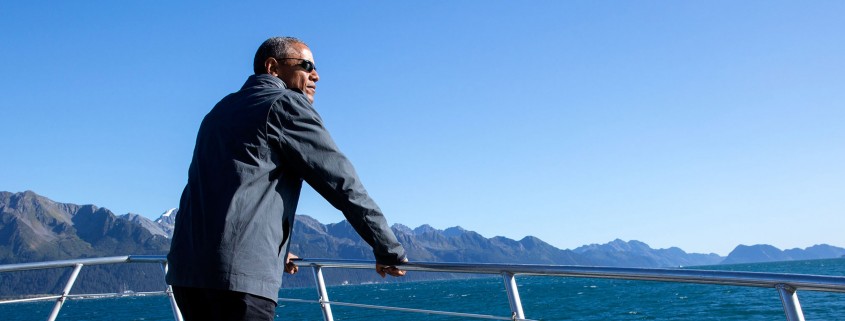


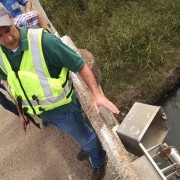
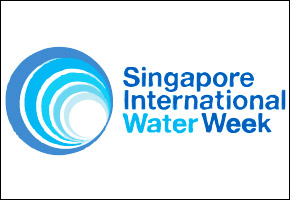
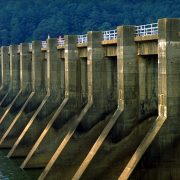

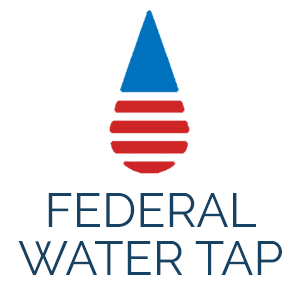

Leave a Reply
Want to join the discussion?Feel free to contribute!